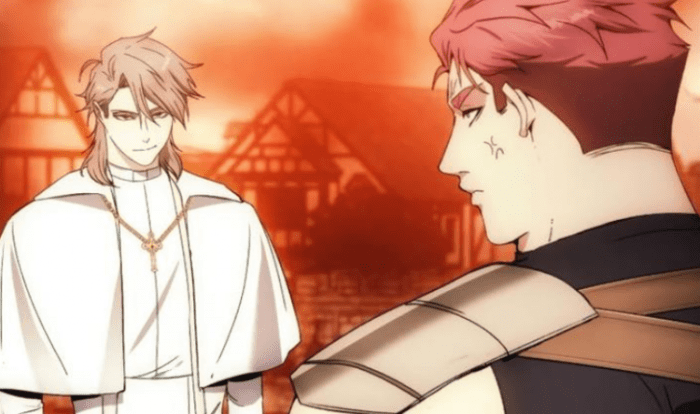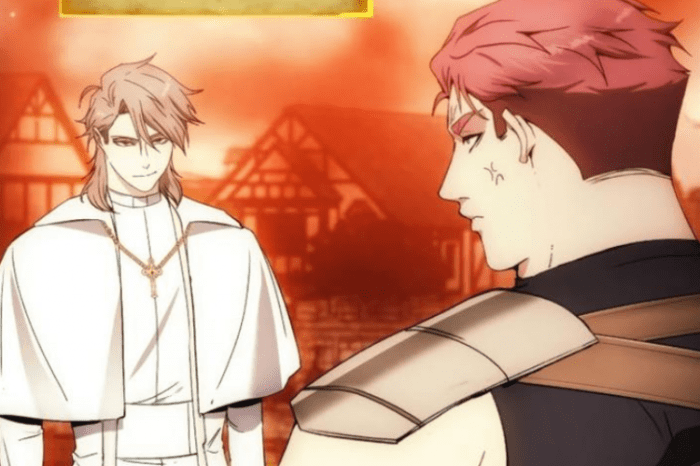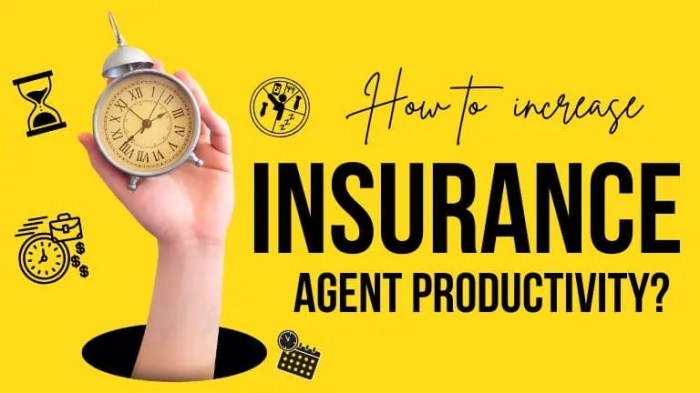
As we dive into the thrilling world of “How to Live as a Villain Ch 94,” get ready to unravel the motivations, strategies, and impact of the enigmatic antagonist. This chapter promises a captivating exploration of what makes a villain tick, their cunning tactics, and the ripple effects they create in the narrative.
Delve into the psychological depths of the villain’s mind, examining the experiences that shape their twisted perspective. Witness their strategic brilliance as they devise intricate plans, exploiting strengths and adapting to obstacles with remarkable resilience.
Analyzing the Villain’s Motivations

Villains are not born evil. They are shaped by their experiences, their environment, and their own psychological makeup. By understanding the factors that drive them, we can better understand their actions and how to stop them.
One of the most important factors in understanding a villain’s motivation is their backstory. What events in their life led them down the path of villainy? Were they abused as a child? Did they witness a traumatic event? Understanding their backstory can help us to see the world from their perspective and to understand why they made the choices they did.
Another important factor to consider is the villain’s personality. Some villains are天生evil, while others are simply misguided or desperate. Understanding the villain’s personality can help us to predict their behavior and to develop strategies to stop them.
Yo, check it, how to live as a villain ch 94 got you covered on the lowdown. Want the inside scoop? Peep this how to live as a villain ch 94 and you’ll be stylin’ like a true villain in no time.
Trust me, this ain’t no chump change, it’s the real deal.
Finally, it is important to consider the villain’s goals. What do they want to achieve? What are they willing to do to get what they want? Understanding the villain’s goals can help us to understand their motivations and to develop strategies to stop them.
Consequences of the Villain’s Choices
The villain’s choices have a profound impact on the world around them. Their actions can cause pain, suffering, and even death. It is important to understand the consequences of the villain’s choices so that we can better understand their motivations and to develop strategies to stop them.
- The villain’s choices can lead to the deaths of innocent people.
- The villain’s choices can cause widespread destruction.
- The villain’s choices can create a climate of fear and terror.
Exploring the Villain’s Strategies and Tactics

The villain’s path is often paved with cunning strategies and ruthless tactics. Their methods are as diverse as their motivations, ranging from brute force to psychological manipulation. By understanding their tactics, we can gain insight into their minds and anticipate their next moves.
Yo, check it, if you’re down to be a baddie, then you need to peep how to live as a villain ch 94 . It’s got all the deets on how to roll as a real G, from taking over the block to crushing your enemies.
Get your game up and learn how to be a villain that everyone respects.
The villain’s planning and execution are crucial to their success. They carefully calculate their actions, weighing the risks and rewards. They are adept at adapting to changing circumstances, using their intelligence and charisma to overcome obstacles.
Exploiting Weaknesses
Villains often seek out and exploit the weaknesses of their opponents. They may use deception, intimidation, or manipulation to gain an advantage. They are masters of psychological warfare, using fear and doubt to sow discord and confusion.
Examining the Villain’s Impact on the Story
The villain serves as a pivotal force that drives the plot forward and creates conflict. Their actions ignite the protagonist’s journey and shape the narrative arc in profound ways. They challenge societal norms and raise ethical questions that push the boundaries of the story.
How to live as a villain ch 94 is the bomb! The story is so lit, you’ll be hooked from the first page. Check it out here: how to live as a villain ch 94 . It’s got everything you want in a villain story: action, adventure, and a whole lotta drama.
You won’t be able to put it down!
Driving the Plot and Creating Conflict
- The villain’s schemes and machinations create obstacles and challenges that the protagonist must overcome.
- Their motivations and goals often clash with those of the protagonist, leading to intense confrontations and power struggles.
- The villain’s actions can trigger a series of events that set the stage for the climax and resolution of the story.
Influencing the Protagonist’s Journey
- The villain can serve as a catalyst for the protagonist’s personal growth and transformation.
- Their actions can force the protagonist to confront their own values and beliefs.
- The protagonist’s interactions with the villain can reveal their strengths and weaknesses, shaping their character arc.
Challenging Societal Norms and Raising Ethical Questions
- The villain’s actions can challenge societal norms and expectations, raising questions about morality and justice.
- Their motivations may explore the darker aspects of human nature, such as greed, ambition, and power.
- The villain’s actions can force the audience to confront their own biases and assumptions.
Creating a Memorable and Compelling Villain: How To Live As A Villain Ch 94

Crafting a villain that resonates with the audience is crucial. Their personality, appearance, and backstory should all contribute to their memorability. Balancing complexity and relatability is key, making them both intriguing and humanized.
Yo, check this out, it’s how to live as a villain ch 94. You already know the drill, it’s all about that villainous life. If you’re down for the ride, click here to get the full scoop on how to live as a villain ch 94. It’s the ultimate guide to being bad, so get ready to unleash your inner villain.
Personality
A memorable villain possesses a distinct personality that sets them apart. Their motivations, quirks, and mannerisms should be unique and engaging. Consider their strengths and weaknesses, their fears and desires, and how these factors shape their actions.
Appearance
The villain’s appearance can also enhance their impact. Whether it’s a striking costume, a disfigured face, or an imposing presence, their physicality should reflect their personality and serve as a visual representation of their villainy.
Backstory
A well-developed backstory provides depth to the villain, making them more than just a one-dimensional antagonist. Explore their past experiences, traumas, and motivations. This will help the audience understand their actions and create a sense of empathy, even while condemning their choices.
Balancing Complexity and Relatability, How to live as a villain ch 94
Creating a compelling villain requires striking a balance between complexity and relatability. They should be multifaceted and have understandable motivations, yet still remain distinct and menacing. By humanizing them without sacrificing their villainy, you create a character that is both engaging and believable.
Exploring the Villain’s Relationship with the Hero
The dynamic between the villain and the protagonist is a cornerstone of any villain-centric narrative. Their interactions shape the story’s conflict, resolution, and overall trajectory.
The contrasting ideologies and motivations of the villain and the hero create a potent source of tension that drives the narrative forward. Their interactions often reveal the flaws in each other’s beliefs, challenging their perspectives and forcing them to confront their own values.
The Villain as a Mirror of the Hero
In many stories, the villain serves as a mirror to the hero, reflecting their own flaws or potential for darkness. By exploring the villain’s motivations and actions, the hero can gain a deeper understanding of themselves and the choices they make.
Outcome Summary
Throughout this chapter, we’ve dissected the villain’s role as a catalyst for conflict and character growth. Their actions challenge societal norms, leaving us questioning the boundaries of morality. The creation of a memorable villain requires a delicate balance of complexity and relatability, ensuring they resonate with readers while maintaining their menacing aura.
As the villain’s relationship with the hero unfolds, we witness a dynamic dance of opposing ideologies and motivations. Their interactions drive the narrative forward, creating tension and propelling the story towards its climax.
Key Questions Answered
What are the key motivations that drive a villain’s actions?
Villains are often motivated by a complex interplay of psychological factors, including childhood trauma, societal rejection, or a desire for power and control.
How do villains adapt to changing circumstances and overcome obstacles?
Effective villains possess strategic thinking and adaptability, allowing them to adjust their plans and exploit unexpected opportunities.
What is the ethical significance of a villain’s actions?
Villains challenge societal norms and force us to confront our own moral boundaries, highlighting the complexities of good and evil.




